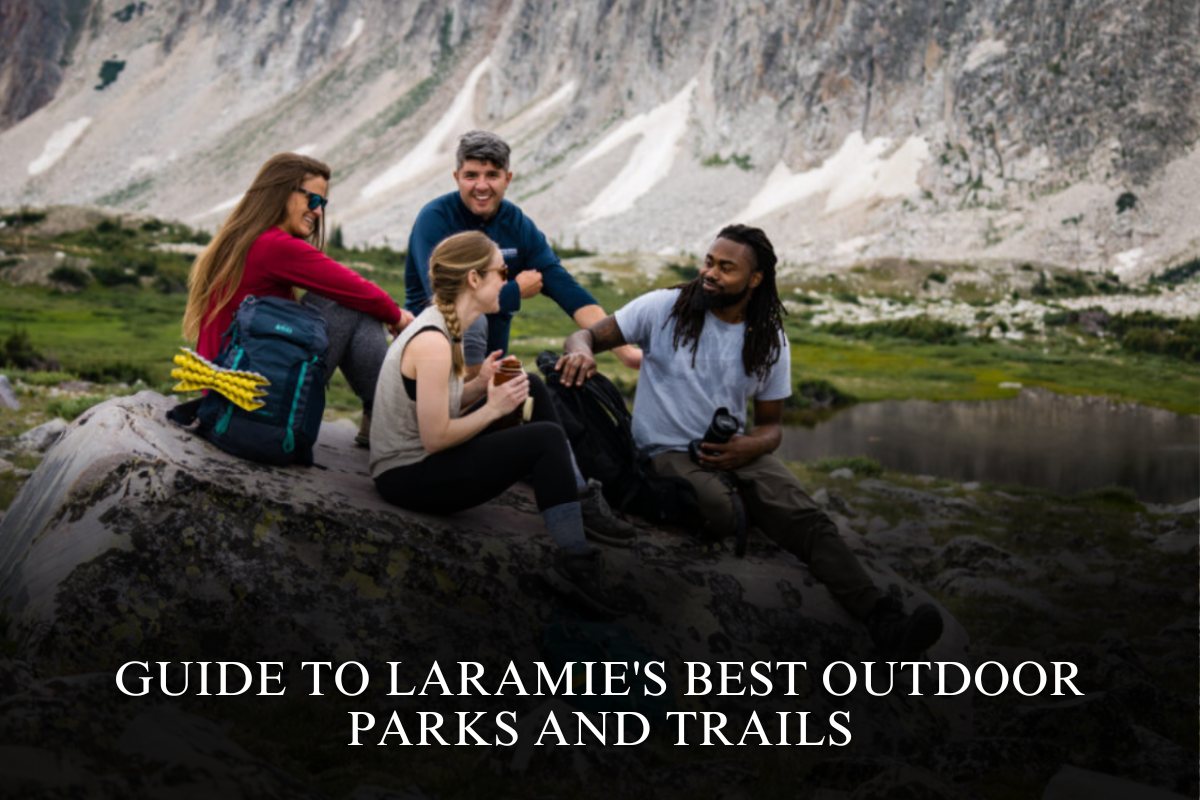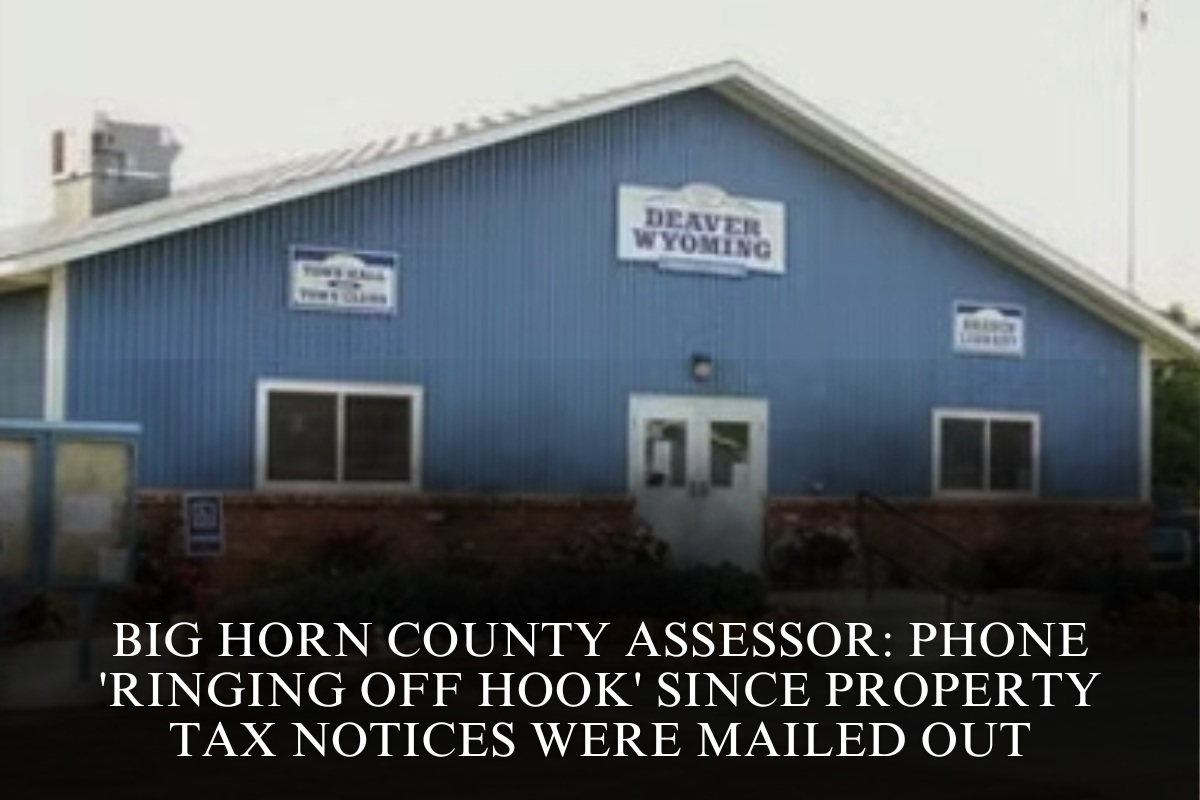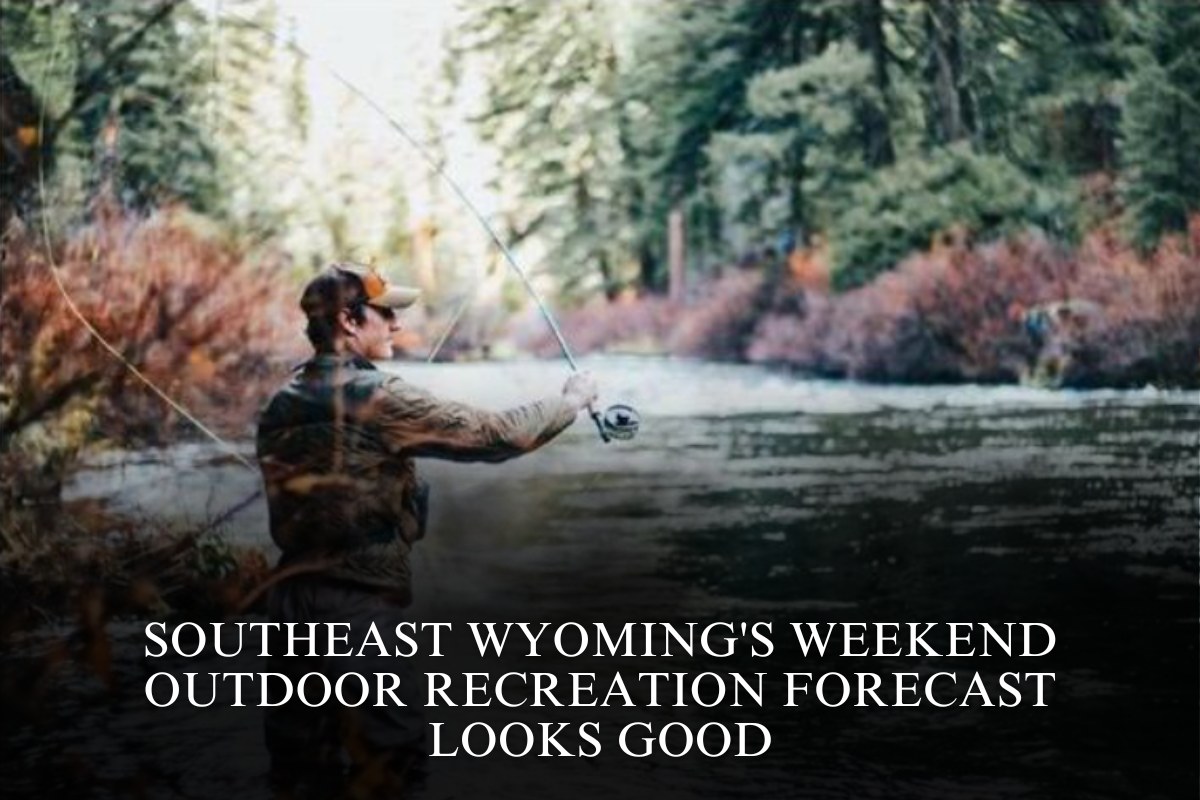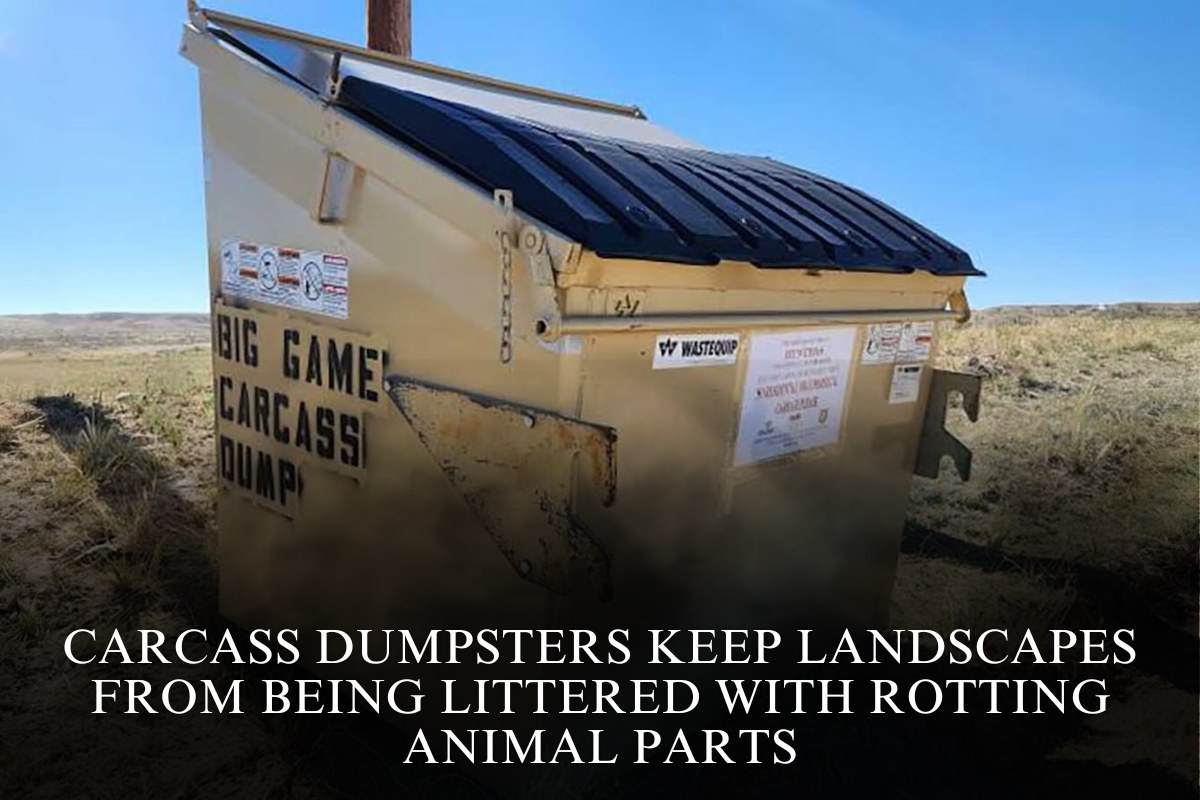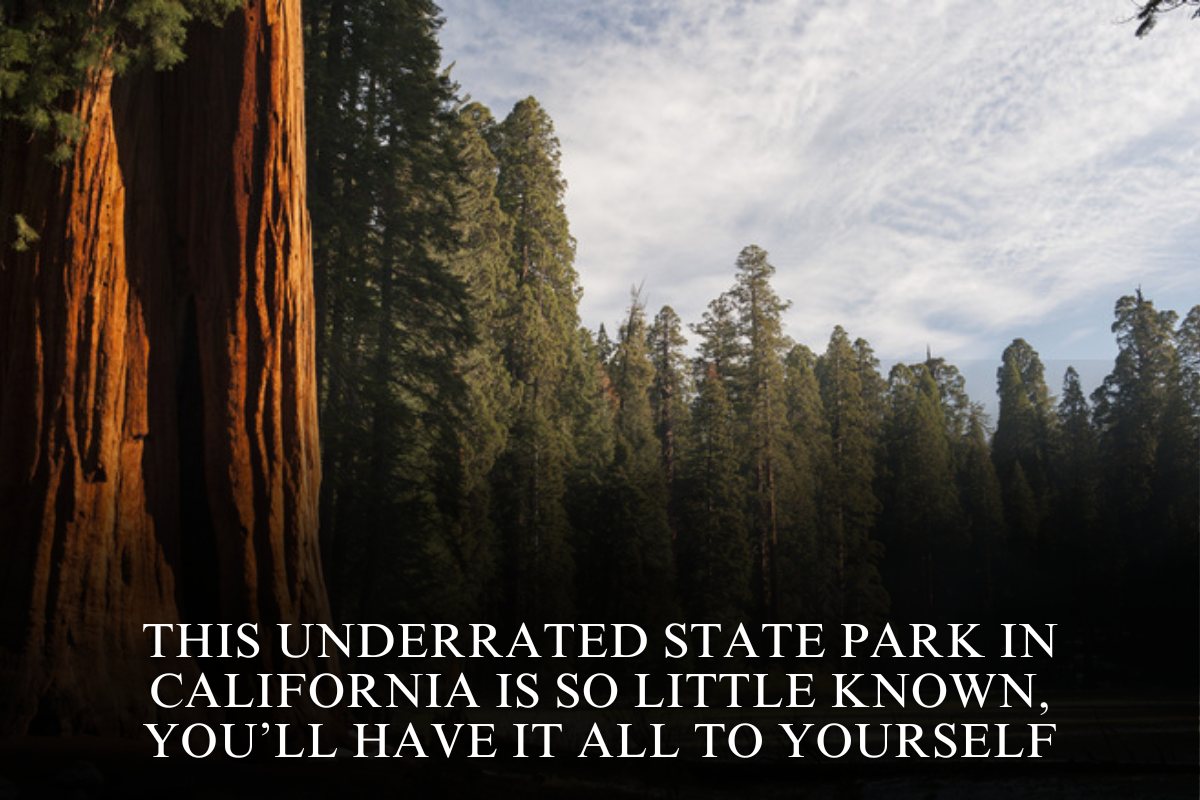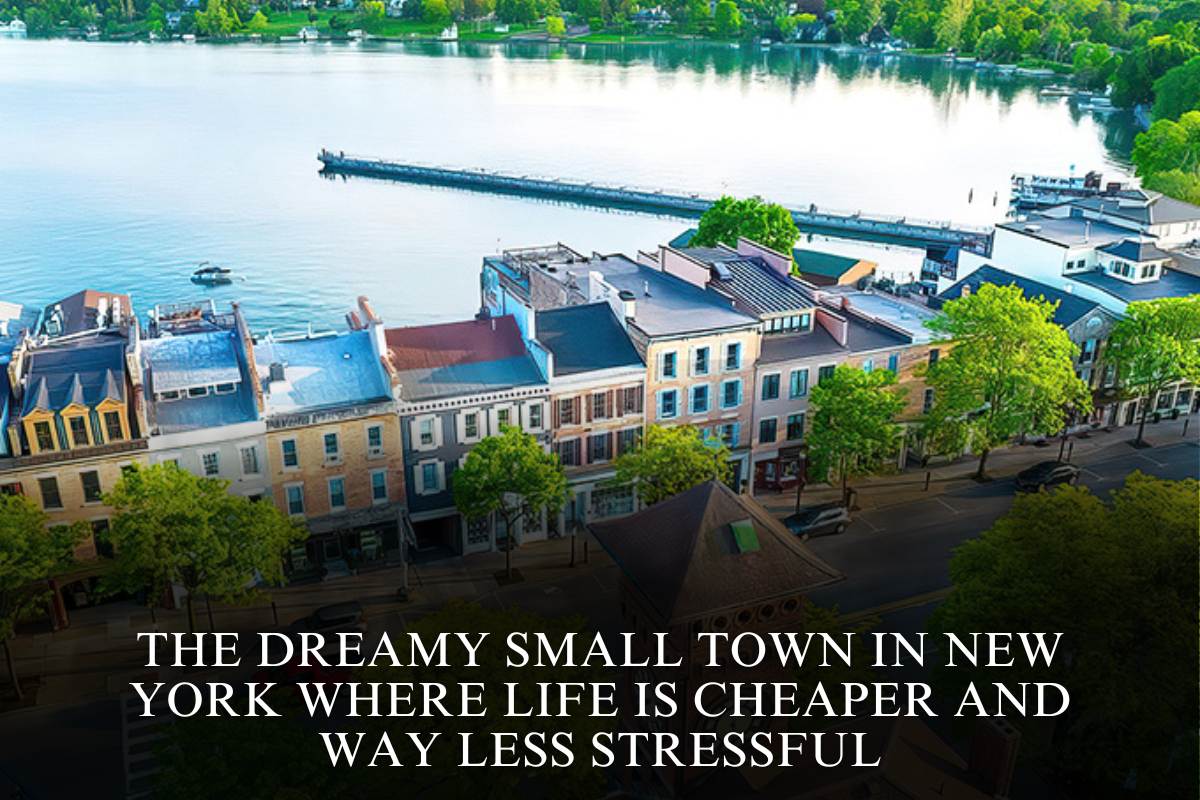Leslie Drollinger Stratmoen of Riverton has turned her passion for all things vintage into a lifelong mission to discover and preserve beautiful pieces of history.
Years of searching through old boxes and trunks at flea markets, antique stores, and garage sales for the most beautiful, interesting, and unusual women’s clothing and accessories has resulted in a collection of thousands of pieces.
More than 3,000 artifacts of historical women’s clothing, accessories, and household items from the twentieth century will go on public display this month at the Occidental Hotel Museum in Buffalo, Wyoming. The Flappers to Fringe exhibit showcases fashion from the 1920s to 1970s.
“The exhibit tells the story of how people, places and events influenced and sometimes dictated what women of this time period wore,” according to Stratmoen. “So, as visitors walk through the exhibit, they will learn why hemlines rose and fell, what influenced the changing silhouettes and fashion trends and how the brave women of the past blazed the trail for the women of today to wear whatever she wants.”
Love of Vintage
Stratmoen’s passion for vintage began at a young age, with jewelry in junior high.
“I think I was just drawn to something pretty and I could afford it as a kid,” she told me. “I have a collection of costume jewelry and some of it is very sought after in the vintage jewelry collecting field.”
Years later, she started collecting vintage clothes in college because “it was an affordable way to create your own style.”
“It was something new and different,” Stratmoen explained. “It wasn’t what everyone was buying at the stores. I believe I started there. I really enjoyed some of the different styles.”
Stratmoen spent four decades as a journalist for newspapers, magazines, and radio before retiring in 2016. On the side, she worked as a singer, performer, and costume designer. Those gigs helped her collection grow significantly.
“As I got into performing and in doing different theatrical productions, I would find things for those different plays I was either in or helping to costume,” according to her. “And I just started keeping them from there, thinking I might wear them in the future. So I did. I spent most of my life singing in big bands, so I enjoy wearing vintage 1940s gowns.”
She’s worked as a costumer for several shows over the years, including a six-year stint at Central Wyoming College in Riverton. She’s designed and created costumes for over 25 theatrical productions, including “Guys and Dolls” and “Meet Me In St. Louis,” and has worked as a costume coordinator and production assistant in films.
To find the appropriate pieces for each show, Stratmoen looked for authentic pieces from the era. And whenever a costume warehouse in the area was liquidating their inventory, she’d be first in line.
“I’d grab those, just to save them, because so many of those pieces, especially from the 1900s up to the 1950s were made so well, and it’s really fun to see how they were constructed,” she went on.
A Crazy Idea
About 10 years ago, she started toying with the idea of creating a historical exhibit using a big wardrobe steamer trunk as a way to present the wardrobe of the young women of the day.
“I had created different fashion and art displays prior to this, including one at Central Wyoming College called Windows of Time Through a Woman’s Eyes,” she said. “So, I thought that would be a fun gig.”
At some point her thoughts shifted to something bigger because of the sheer amount of pieces she had. And while her entire collection spans from the early 1900s to modern day, she decided to narrow it down to the decades of the 1920s to the 1970s. The premise is how people, places and events influence fashion of the era – reflecting on social change and also celebrating women’s empowerment.
“I decided I liked the symmetry between the 1920s and 1970s, because in the 1920s we were just coming out of wartime, and they were throwing off their restrictive undergarments, and that’s when you came into the sack dress or the tube shape,” she said. “And then you come around to the 1970s and there again, we were coming out of wartime, and now they were really burning their bras, and starting to just be more accepting of every type of fashion and wearing whatever they wanted to.”
Stratmoen was still formulating exactly how her exhibit would look when COVID hit. With everything so uncertain, she had decided to scrap the whole project until a young friend changed her mind.
Oakley Boycott grew up in Lander but is now a model and actress in New York. The two met when Boycott was just 13 and she was an assistant costumer for Stratmoen during a production of “Meet Me in St. Louis.”
“We just had a wonderful time, and from that time we stayed friends,” Stratmoen said.
In the spring of 2020, she asked Boycott if she’d model some of her clothing pieces she wanted to get insured before she packed them away.
“I thought that I was going to just close up shop and forget about everything, but we had so much fun,” Stratmoen said. “I’d pull out everything I wanted her to put on for the 40s, for instance, and I started snapping pictures.”
Boycott mentioned the possibility of creating an online exhibit on a website that could also be a place to sell some of her additional vintage pieces. Stratmoen wasn’t sure she was up to the task by herself, but then the next day Boycott returned.
“She said, ‘I’m here to help you, I just found out that New York is closed and all my jobs have ended, so I’m here for whenever,’” Stratmoen said. “And we just launched, and we just spent the next three months working solely on it during COVID.”
The site is flapperstofringevintage.com and features photos of the clothing from each decade in an online exhibit, as well as a blog, and some items for sale.
Finding A Home
Stratmoen, feeling revitalized, returned to work on the Flappers to Fringe exhibit. It was ready to go last year, but first she had to find a location. The solution was to spend the Thanksgiving holiday at the Occidental Hotel in Buffalo.
The Stratmoens have been staying at the Occidental for several years and have gotten to know the owners, Jackie and David Stewart. Jackie inquired about the status of the vintage clothing project as they prepared to leave.
“I said, ‘It’s great,” Stratmoen said. “It is ready to book out. I’ll contact museums soon to see if they want it. Without missing a beat, she stated, “It needs to be coming to the Occidental.”
The two met in January to devise a strategy, with the biggest challenge being moving the collection to Buffalo. However, the Wyoming Humanities Council’s Spark Grant covered the cost of the move, and the collection was transported to Buffalo in April using the largest Uhaul available.
“I have nine steamer trunks and those are packed full,” she told me. “And then I had ten large wardrobe boxes filled with either clothing or hat boxes.
“Then the security stanchions with the posts and ropes that will be installed. And then there are suitcases for each decade, as well as hat racks, clothing racks, and various pieces of small furniture used for staging.”
Stratmoen completed the initial setup in April and returned in May to fine tune. The exhibit is presented in six life-sized dioramas, each featuring a life-like female mannequin and her steamer trunk, as if she were a fashionable young lady of the day arriving at her destination, unpacking and preparing for an event.
“It’s a ridiculous amount of things that I have, because it went beyond every single outfit,” she told me. “I have the hats, purses, jewelry, and toiletry items that she will be using.
Because I really wanted to set the scene, I want people to feel like they’re getting a little glimpse into what it might have been like for her to travel during that time period.”
Some of these pieces date back more than 30 years, but the majority of the collection on display was discovered in Wyoming over the last 20 years.
“Considering that most of these things that people see were collected here in Wyoming, it will show that the cowgirls out here did wear flapper dresses and miniskirts and some of these pieces could have actually been worn by one of your ancestors,” according to her. “These pieces are so well-made. It’s not like fast fashion, where you buy something, wear it, then discard it and buy something else.
“People really just spent their money on buying something really lovely that they would love for a long time, and they hung on to it.”
A 10-month residency also allows Stratmoen to change out parts of the exhibit seasonally.
“It’s just really a treat to be able to get to do this,” she told me. “Being able to be in there throughout April and completely change it out will be a lot of fun. When I go in for the holidays and dress them in their holiday attire.
I’m also going to bring in my collection of vintage fashion dolls from over the years, which I thought would make a fun extra holiday display.
Bringing Back Memories
Stratmoen said she can’t choose a favorite piece out of the collection, as each provokes so many memories.
“Of course, the ’60s and ’70s were my era when I was coming up into junior high and high school and college, but the ’50s were just bright, fun and lovely, and the ’40s make me think of my mother,” she told me.
Others who have seen the exhibit have shared similar thoughts.
“I had one young man say that when he looked at the 1920s it made him think of his grandmother, because he remembered seeing pictures of her wearing something just like that,” she told me. “And that was especially meaningful to me because it represents my true hope.
“I hope that when they go through the display, it will bring back memories like that of loved ones, and that they’ll leave talking about the past and reminiscing.”
She also wants young women to understand why they can wear the fashions they do now.
“It’s because of these women who came before them who were brave enough to break out of the mold and create their own styles or do what was maybe considered brazen in that time, to really create new styles and move fashion forward” according to Stratmoen.
However, the exhibit is not only for women; men will also learn about aspects of history that they were previously unaware of.
“They’ll learn that inventions like the car, when that came in the 1920s, changed the way women dress, because now they needed dresses that were shorter and allowed more movement from those prior to that which was a hobble skirt that kept her legs tied together,” she asserted.
Another interesting tidbit was some of the reasons why hemlines went up and down, such as in the 1940s, when wartime rationing limited you to three yards of material at a time.
“So, you had to make a slimmer dress,” she told me. “What I discovered during my research is that many 1940s dresses will have embellishments on the bodice, including sequins and rhinestones. Sequins were not rationed, so they could use as many as they wanted.
“So essentially, they were making a simpler dress but that was a way to make it more fancy.”
Because leather was unavailable at the time, peep toe shoes gained popularity.
“They had to use up what they had, and to be able to finish with less leather,” she went on. “So you’ll see it and hopefully read through some of the material in the booklet that I have that goes along with it to learn a little bit about history as you go along.”
Ready To Open
In recent weeks, Stratmoen has been busy finalizing the signage and informational booklet for the exhibit. When finding information about the clothing of each decade, Stratmoen said she has a large collection of vintage magazines and books on costuming, clothing and fashion.
“So, I have a lot of collective history that’s been in my brain for all these years, but then really putting that down and making sure that I was presenting this absolutely correctly for each piece,” said the artist. “In my exhibit, I show how they were inspired by their surroundings, which could be magazines. McCall’s magazine, for example, was fantastic because it showcased the latest styles.”
She also learned some valuable information from memoirs.
“One book I read was about a woman who lived in the1920s, and she was describing how they would take red tissue paper and just wet that a little bit and then dab that on their lips to make them red,” she recalls. “I always find out wonderful things in memoirs.”
The opening gala will take place on June 21 at 7 p.m. and is free to the public.
“I really hope that people dress up,” she said. “We’re really encouraging them to have fun and come in vintage attire, whatever that means to them, whatever decade they prefer. “Just come and have fun!”
In addition, Stratmoen does not rule out future exhibits from other decades of the twentieth century.
“We’re starting off with Flappers to Fringe and then depending on how this goes and whether people are enjoying it we’ll just branch out from there,” explained the woman.

